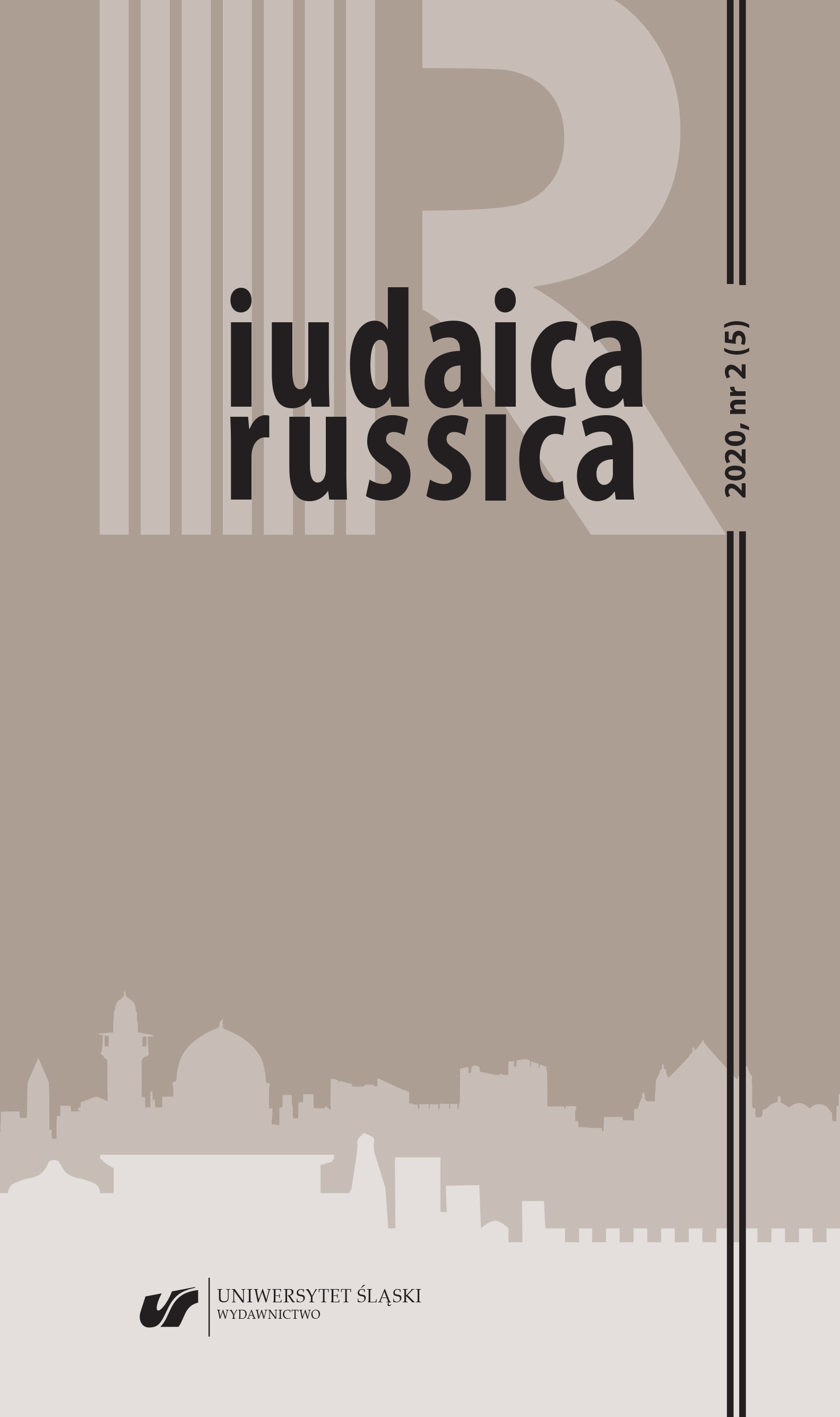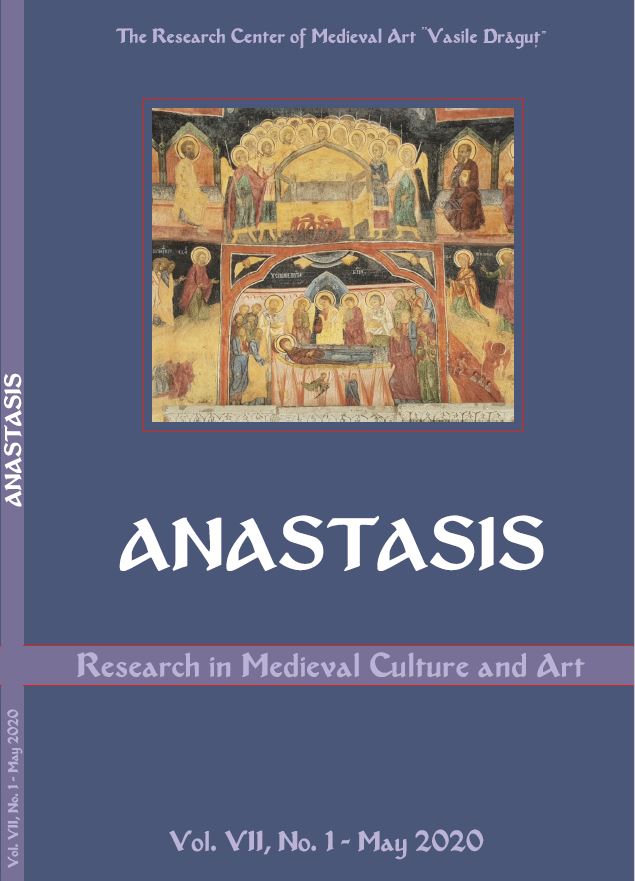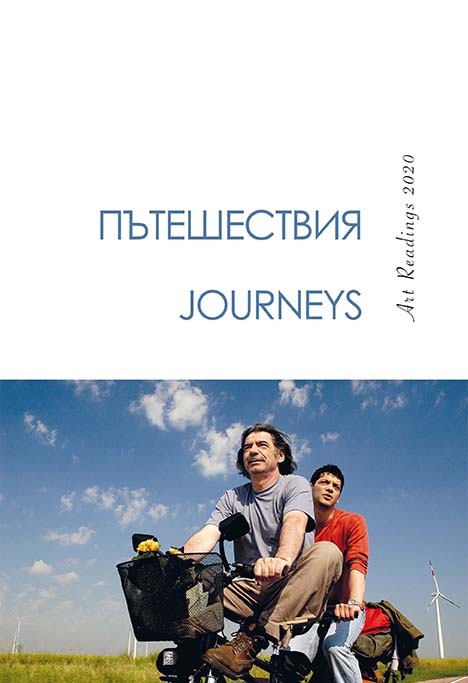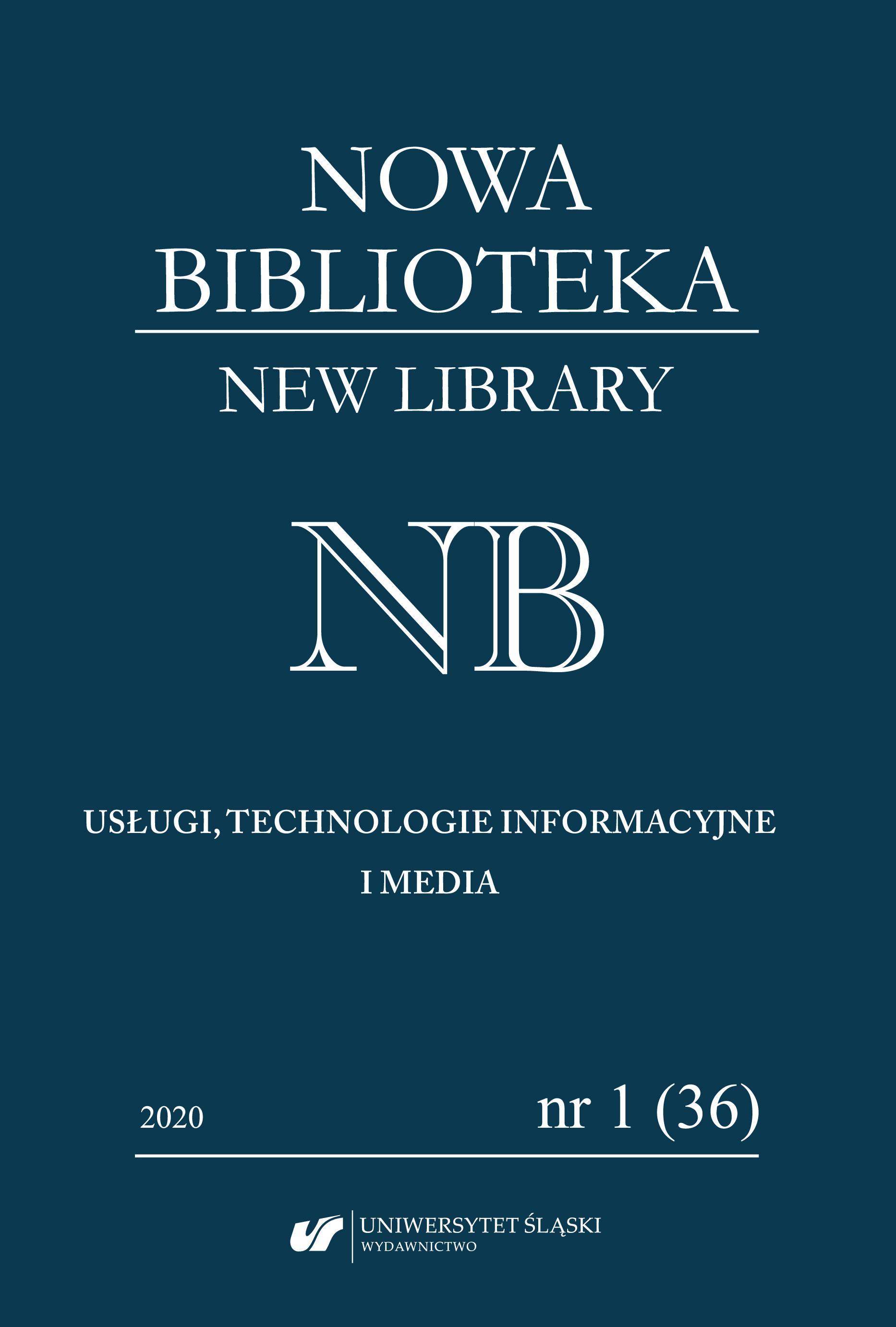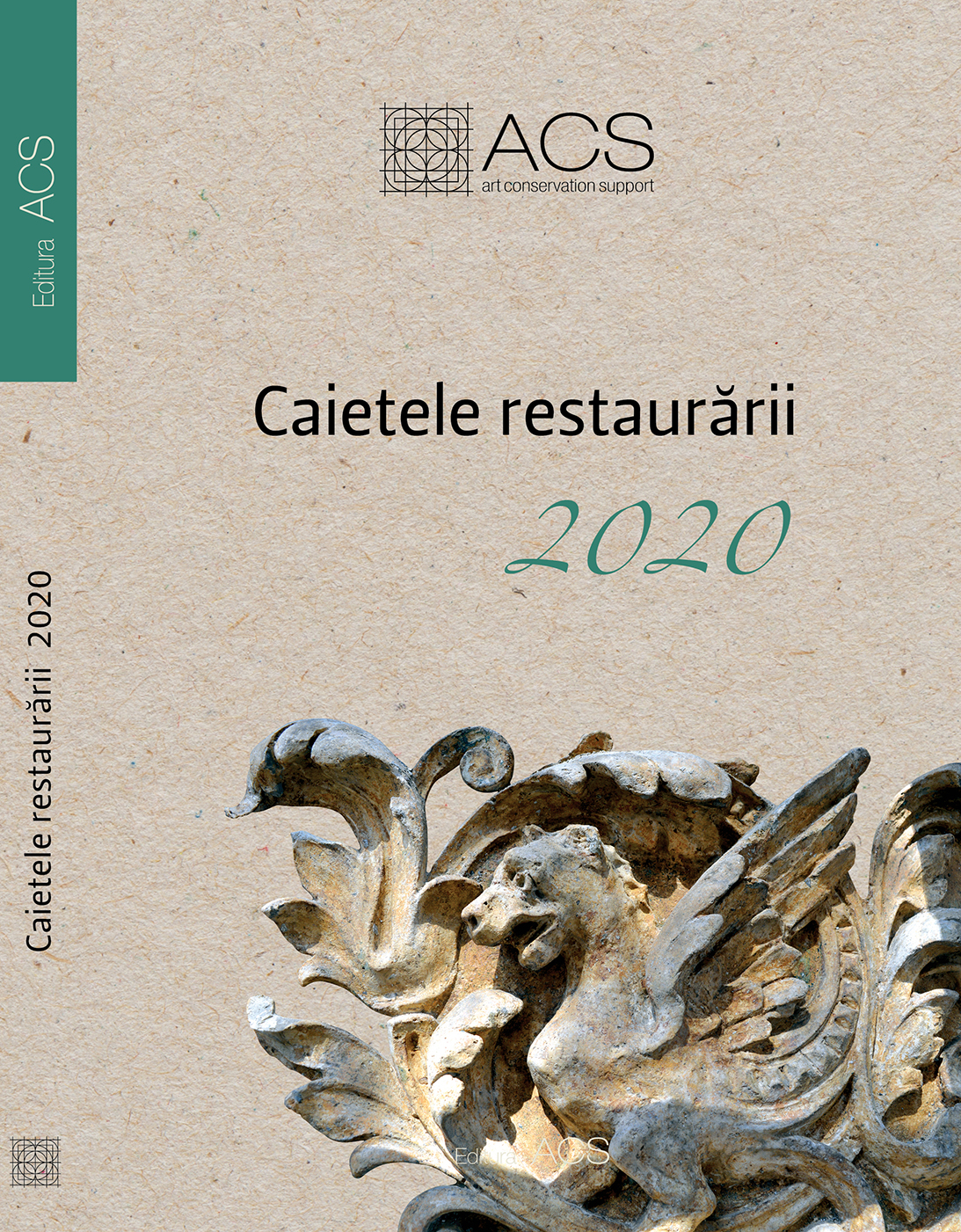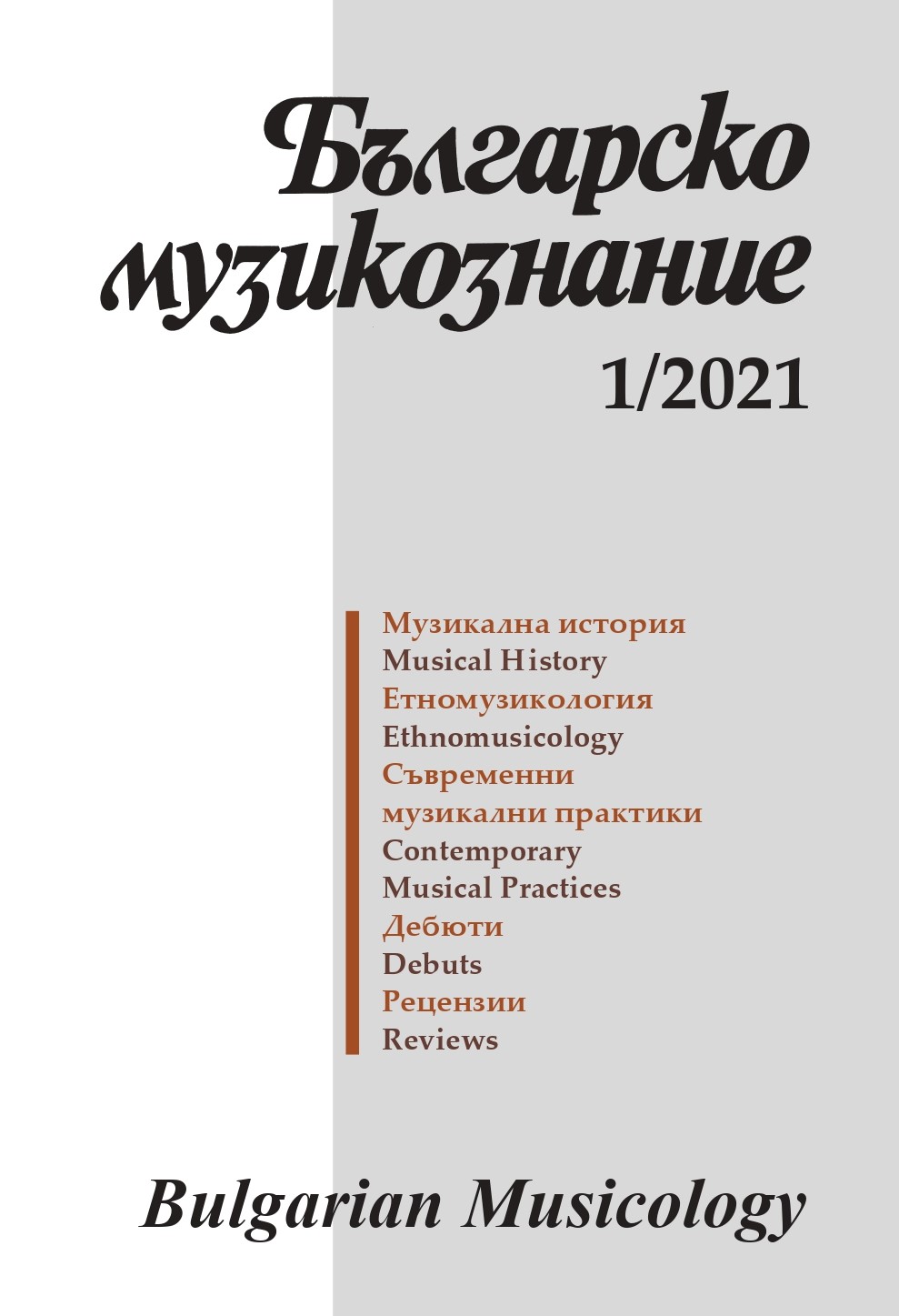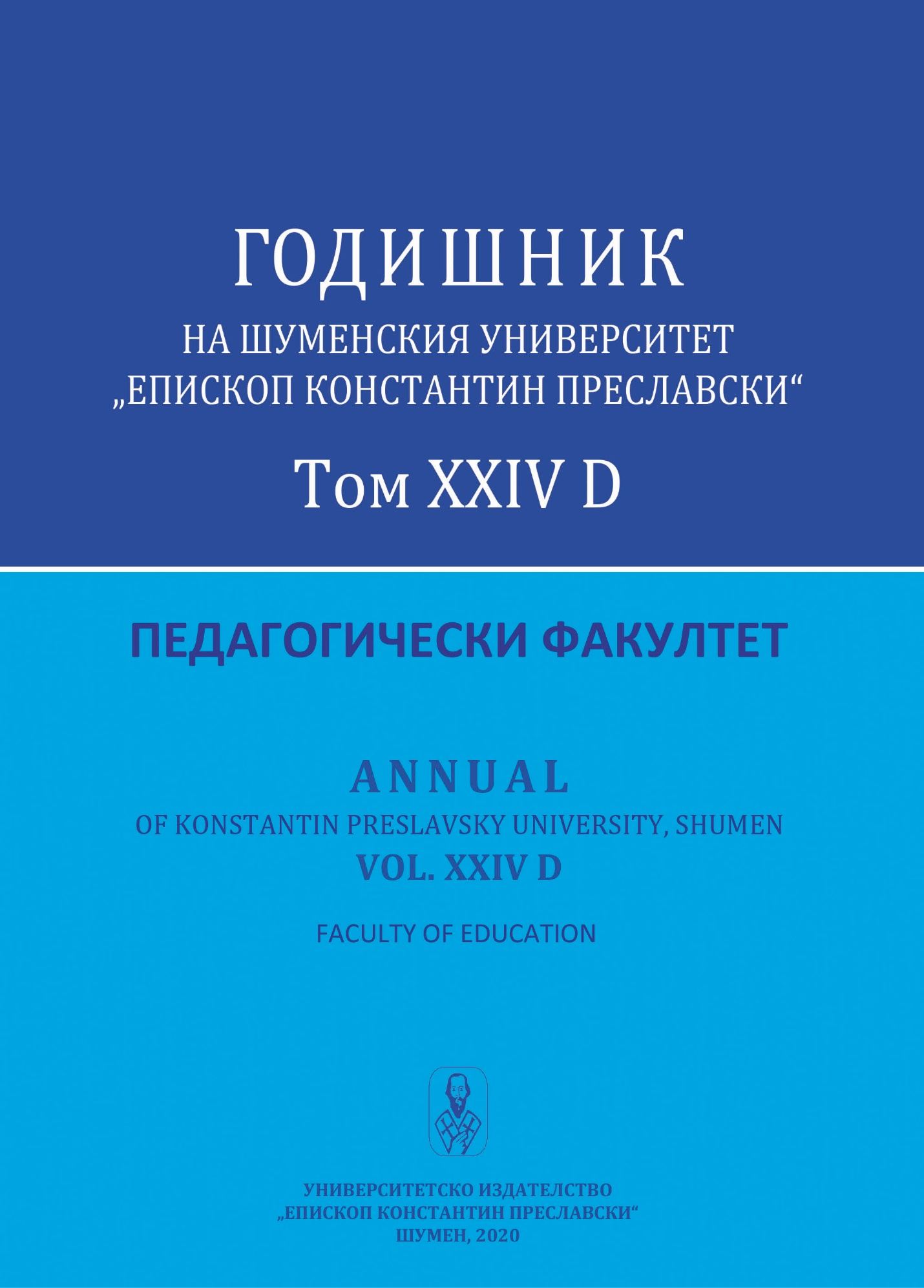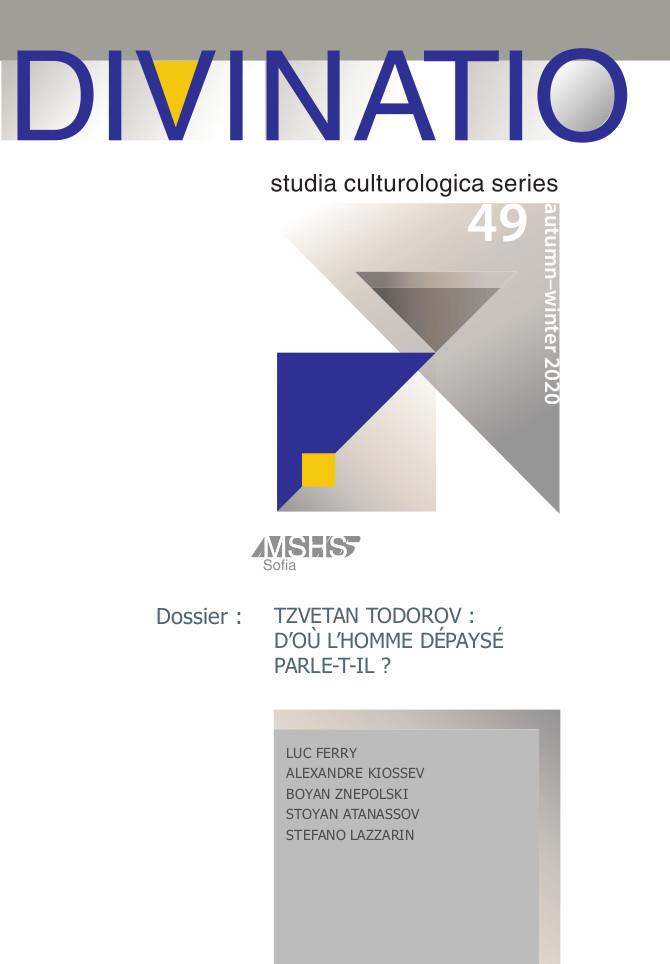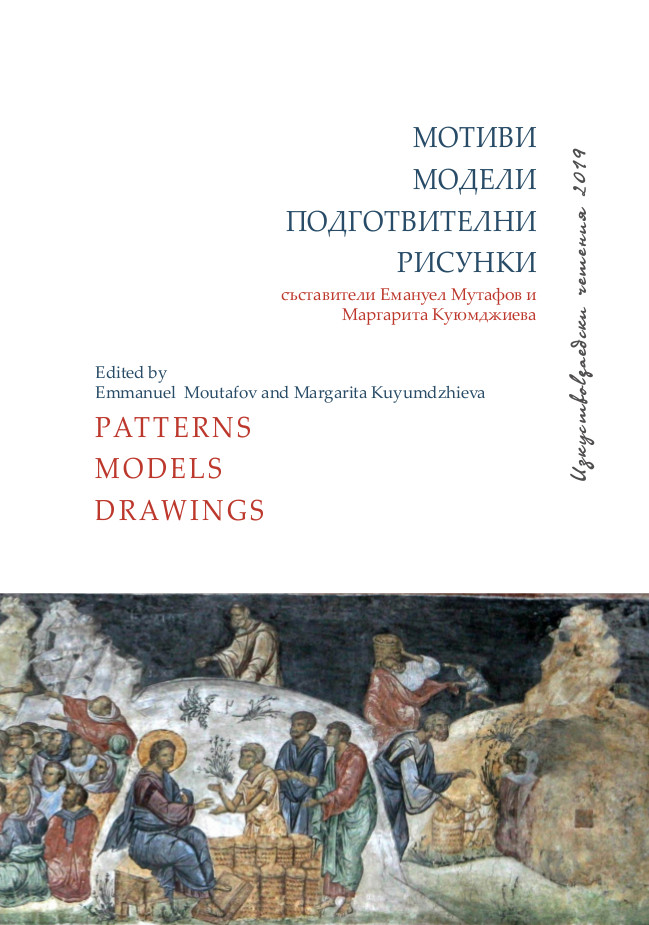
Нови факти за тревненските зографи
The main sources in this study are several notebooks and tax registers for the population of Tryavna from the “Hristo Nikiforov Daskalov” Fund, preserved in the Bulgarian Historical Archive of the National Library “Sts Cyril and Methodius”. The first document is the notebook of the painter Boncho Dimitrov, which is published partially, without any notes on his personality and activities. The manuscript contains accounts for given and due sums from 1811 to February 1819, a few recipes for making paints, oil for woodworking, gilding of silver and others, two spells against evil and an imprint of “The Crucifixion of Christ”. There are also five ink drawings. Based on the notes in the journal, it is understood that Boncho Dimitrov, besides a painter is also a woodcarver. His additional revenue came from wine, wool, cotton and wheat trade. He had a small shop, which is confirmed by other archival sources. He worked together with the icon-painters Tsanyu and Genko, and for a short time his helper is the goldsmith Pencho Genyuv. He mainly painted home icons, but also painted bigger ones for the churches in Krasen and Perushtitsa. An attempt has been made to identify the icons from the villages that are mentioned in the zograph’s notebook. In the church “St Trinity” in Krasen village, Ruse region, the work done by Boncho Dimitrov, in collaboration with Tsanyu Zahariev, Genko Minyuv and Venko, is only confirmed by the inscriptions on the western facade. The iconostasis and icons were burned around 1910. From the church “St Athanasius” in Perushtitsa, burned and partially destroyed during the April Uprising, three icons are preserved. Based on a comparative analysis with the drawings from the notebook, one of the icons presenting the images of St George and St Demetrius is attributed to Boncho Dimitrov. The stylistic distinctions of the icon, the zograph’s family and his work in Perushtitsa are grounds for supposing that he is the son of Dimitar Koyuv, whose two icons are preserved in this region with relatively close dating – 1807– 1813. Two notes from the notebook related with the name of Tsanyu Zahariev reveal kinship relations and show that the two iconographers continue to work together. The second icon from Perushtitsa – The Holy Virgin of Kykkos, which has stylistic parallels from Plovdiv, is probably also created by Tryavna icon-painter. Reasons for this attribution are several works with similar stylization and coloring, originating from the region of Veliko Tarnovo. We meet Boncho Dimitrov’s name in two more documents. In the harac tax register, dating around 1828–1830, his name was recorded in Stanchovtsi neigh212 borhood, just before the Koychovtsi neighborhood, along with his sons Minyu and Kunyu. In a trade records led from 1834 to 1844 he was mentioned as debtor with 135 groshes for the rent of a shop in 1834, and from the names recorded in 1844 we understand that his previous debts remained unpaid for 10 years. Based on the studied materials, we can assume that the birth year of B. Dimitrov is in the last decade of the 18th century, and his works can be found with dating, at least, up to 1844. Based on the drawings from the notebook and the icon with the images of St George and St Demetrius, we find a series of icons in the region of Veliko Tarnovo and Tryavna, which can be attributed to his hand. In two of the tax records there is valuable information about the families of the Tryavna masters – painters, carvers and carpenters. These records make it possible to specify the birthdays of most of the painters and their heirs. One interesting fact that we find in both documents is the absence of one of the icon-painters from the Vitanov family – Simeon Koyuv, the son of Koyu Tsonyuv. In all of the publications related to him, the data about his life and work are too contradictory and scarce. In the notebook from 1845 the place of Simeon Tsonyuv is occupied by Tsonyu Simeonov and Simeon Simeonov in adulthood – 19 and 22 years respectively. It is too courageous, but I admit that Simeon Koiuv did not exist, and those who were said to be his heirs are the sons of Simeon Tsonyuv, who, to this date, was considered to have not left offspring. Working with the archive from Hristo Nikiforov Daskalov, opens many more questions than what can be addressed in such a study. The presented materials and hypotheses reveal a small part of the rich history of the Tryavna’s artistic families and leave a considerably larger number of tasks for future works.
More...
